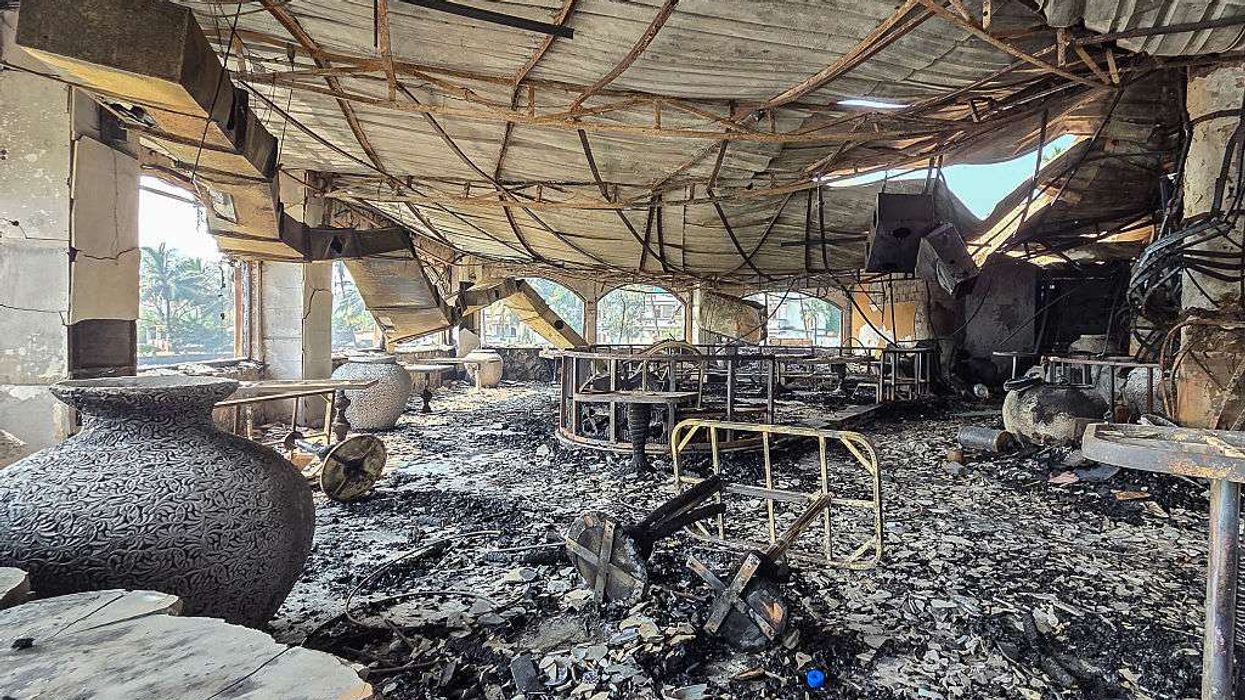THE largest Hindu temple and cultural complex in the southern hemisphere was unveiled in Johannesburg last Sunday (2) with scores of worshippers participating in a ceremony to mark the occasion.
Although fewer than two per cent of South Africans identify as Hindu, it is the most followed religion among the country’s Indian community.
Crowds of worshippers arrived before dawn to take part in consecration rituals, which was led by spiritual leader of the Bochasanwasi Akshar Purushottam Swaminarayan Sanstha (BAPS) denomination, His Holiness Pujya Mahant Swami Maharaj, 92, who travelled from India for the occasion.
BAPS wants the site to become a “destination for intercultural, inter-religious dialogue and exchange,” spokesman Hemang Desai said.
“It’s a place for gathering and communication, networking, but mostly prayer,” he said.

BAPS has described the temple as “the largest Hindu complex in the southern hemisphere” on its Facebook page.
Ahead of the opening, dozens of monks led the Nagar Yatra procession in Johannesburg last Saturday (1) featuring devotional music by marching bands and dancers.
The site was chosen because of the large following already in Johannesburg as well as “a large influx of expat Hindus” moving to the region from other parts of the country, Desai said. The temple will host a variety of courses in art, dance, language and faith, and as house charities.













